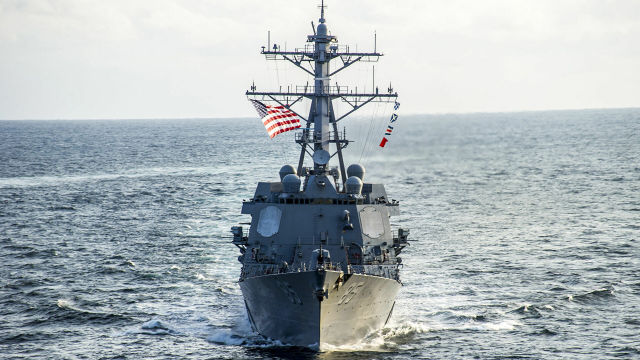MOSCOW, 18 Dec-RIA Novosti, Andrey Kotz. Determine the type of target, its parameters, find out the course and nationality — the Ministry of Defense is testing the latest system of automatic illumination of the surface situation "Strategy"in the Black Sea. This development of the Research Institute of Long-range Radio Communications (NIIDAR) will allow Russia to significantly secure the southern borders and prevent violations of the state border. "Strategy" closes all the means of tracking available to the Black Sea Fleet. About the system and its capabilities - in the material RIA Novosti.
The sea-in the palm of your hand
Most modern maritime control systems are, as a rule, radar stations tied into a common network and scanning the sea for many kilometers from the coastline. all information about the movements of ships is transmitted to a single center, where decisions are made. for example, about intercepting an intruder.
"Strategy" is also based on the principle of radar, — explains RIA Novosti editor-in-chief of the magazine "Arsenal of the Fatherland" Viktor Murakhovsky. — It automatically determines the coordinates of all ships and vessels in the area of action in real time. It draws so-called signatures — this is an individual portrait of a ship at sea, which is used to recognize its type and affiliation. And, of course, it records the main parameters of movement: course, speed. As far as I know, a similar system is being deployed in the Arctic zone."
According to the expert, the "Strategy" is unique in that it will combine the capabilities of all radars that monitor the Black Sea, without exception, both coastal and ship — based. And to monitor remote areas, you can connect over-the-horizon radars that scan space within a radius of more than a thousand kilometers. The key feature of the new technology is high automation.
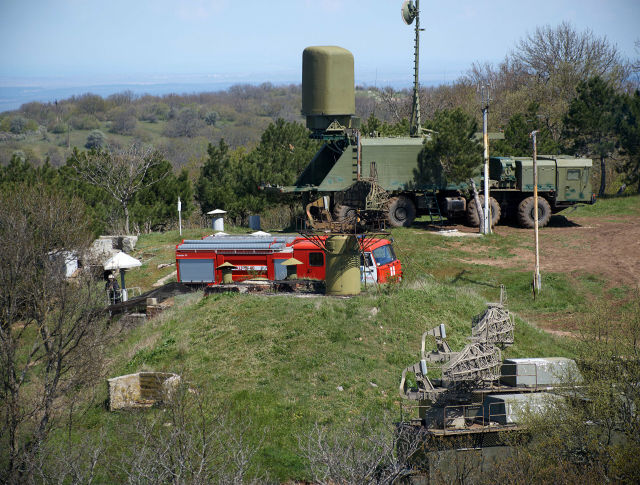
Mobile surveillance radar with a radar station at the Utes DBK during the exercises of the Russian Black Sea Fleet in the Crimea
Image source: © RIA Novosti / Vasily Batanov
"Today, specialists of the so — called Fleet Combat Control Center are engaged in monitoring the surface situation," says Murakhovsky. — This structure is largely still Soviet times. Operators process huge amounts of data, often manually. Previously, it was the same, for example, in the Air Defense, where there was a special position-a planchetist. They used markers to plot all changes in the air situation on screens with a transparent map. Computers are doing it now. So in the new system, most of the routine will be taken over by automation."
According to the developers, "Strategy" will be able to use not only radar, but also satellite and ground-based automatic information systems, internal channels for transmitting object information of the fleet. In addition, it will interact in a two-way mode with the technical means and complexes from which it receives data.
The specialists of NIIDAR obviously have enough experience in this field — they created the stations of the Voronezh-DM missile attack warning system, the Sunflower, Container over-the-horizon radars and many others that were adopted.
Frequent
The issue of controlling the situation in the Black Sea is not an idle one for Russia. In recent years, NATO pennants have been coming here regularly. In late September, the chief of the Main Operational Directorate of the General Staff, Sergei Rudskoy, said that in 2020, the warships of the North Atlantic Alliance were in the Black Sea for a third longer than in 2019.
nato's peak activity occurred in july, when the sea breeze 2020 exercise was held. About two thousand military personnel from the United States, Ukraine, Bulgaria, Georgia, Norway, Romania, Spain and Turkey, more than 25 ships, as well as aviation took part in them.
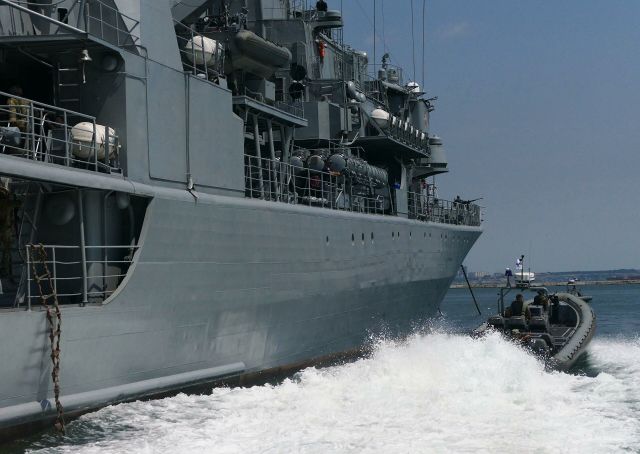
Ukrainian Army soldiers practice actions against the seizure of ships in the Black Sea
Image source: © RIA Novosti / Igor Maslov
"Up to 40 percent of these ships are carriers of high — precision long — range weapons," Rudskoy said. "In particular, the US Navy destroyer Roosvelt, capable of carrying up to 90 Tomahawk cruise missiles, has repeatedly entered the Black Sea."
In fact, the only thing that keeps the NATO Navy from constantly maneuvering in the Black Sea is the Montreux Convention, signed in 1936. The agreement defines the status of the Bosphorus and Dardanelles Straits, and also limits the presence of warships of non-Black Sea states in the water area for a period of three weeks. In addition, the Convention provides that at the same time in the Black Sea can be up to nine such ships with a total tonnage of not more than 30 thousand tons.
Most of all, the foreign Navy is interested, of course, in the Crimea. Ships of Western countries have repeatedly approached the peninsula, reconnaissance aircraft and drones make regular overflights of the borders of Russian airspace. The Alliance is trying to determine the location of military facilities in Crimea, as well as to understand the frequencies of communication, navigation and electronic warfare systems.
Advantage in the region
The United States and its allies make no secret of their acute concern about Russia's military capabilities in the Black Sea.
In December, the American strategic research center RAND even modeled the confrontation between the Black Sea Fleet and the Navy of NATO countries in the region, creating something like a board game. It turned out that in this area, Russia will overcome any coalition, even if the United States acts together with Bulgaria, Romania, Turkey, Ukraine and Georgia.
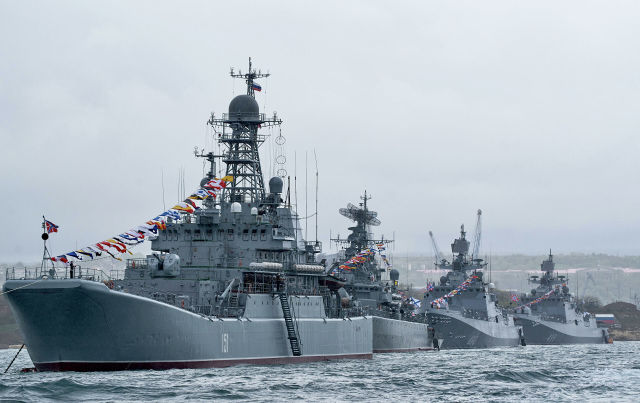
Ships of the Black Sea Fleet of the Russian Navy during the dress rehearsal of the Victory Parade in Sevastopol
Image source: © RIA Novosti / Vasily Batanov
Moscow really has something to respond to aggression-the Navy forces deployed in the region are regularly replenished with new ships and submarines with powerful strike complexes.
In addition, in the Crimea itself, which is often called a "land aircraft carrier", an impressive army group is located, equipped with the most modern air defense systems and anti-ship missile systems capable of hitting sea targets at a considerable distance from the coast. They are mobile and can quickly change position, making them difficult to detect and destroy.
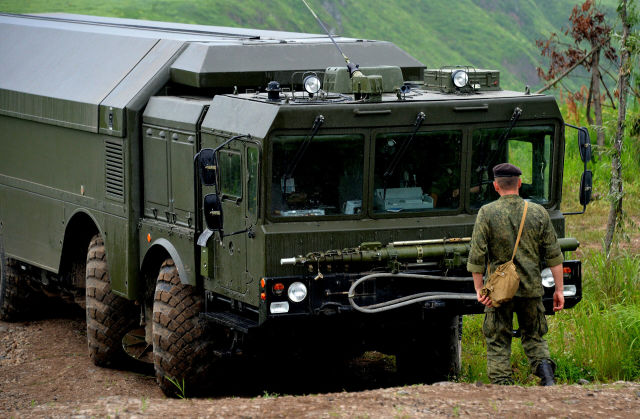
Bastion coastal Missile System"
image source: © ria novosti / vitaly ankov
American analysts have come to the conclusion that Russia will keep control of the Black Sea, even without entering into an armed conflict with NATO countries. To do this, Moscow has an impressive arsenal of non-lethal means. These include psychological attacks, cyber operations, information strikes, and electronic warfare.
